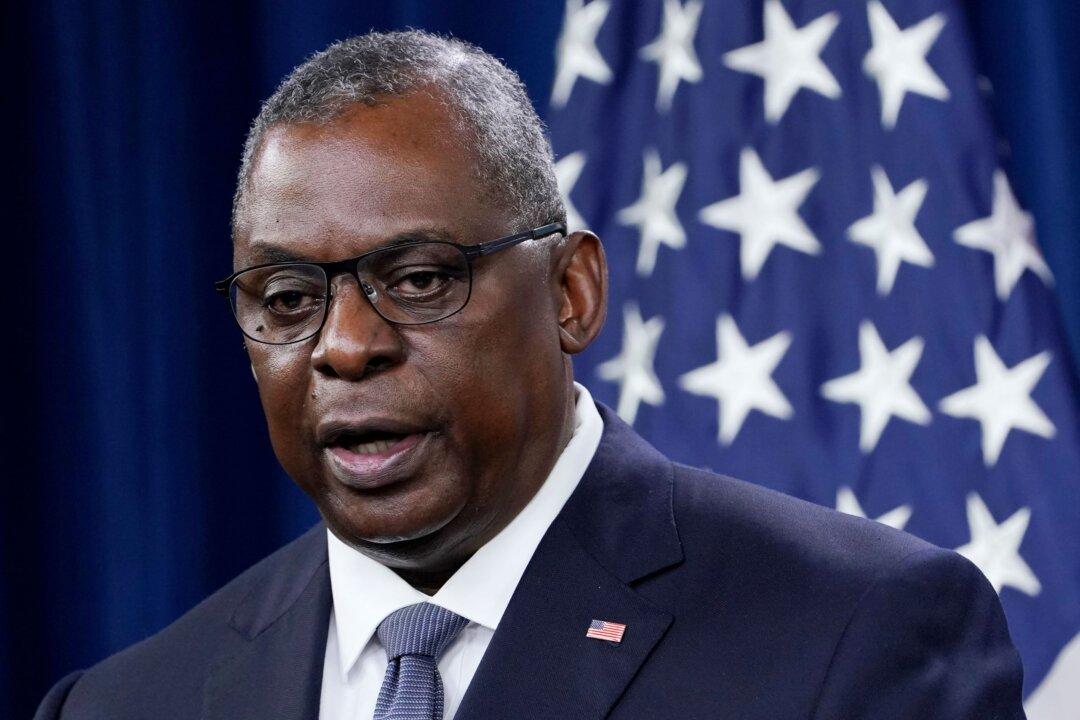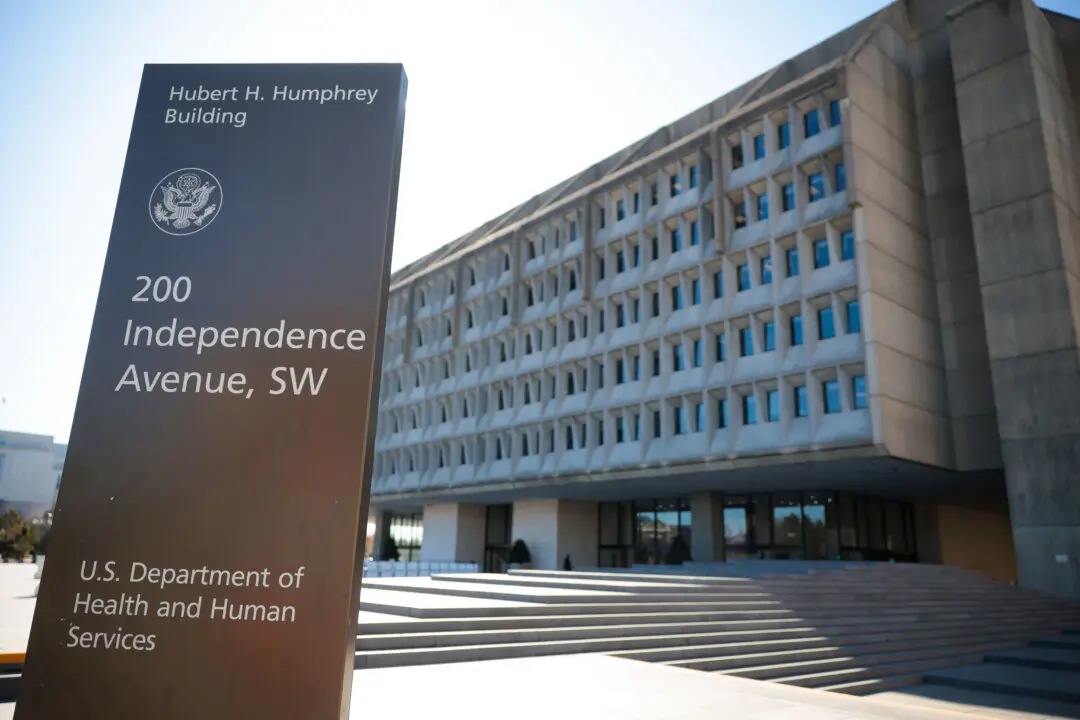Suicides among U.S. service members increased 16 percent in 2020 from a year earlier, sparking a commitment from military leaders to redouble prevention efforts.
There were 580 self-inflicted deaths in 2020, up from 498 in 2019, according to newly released data from the Department of Defense.





